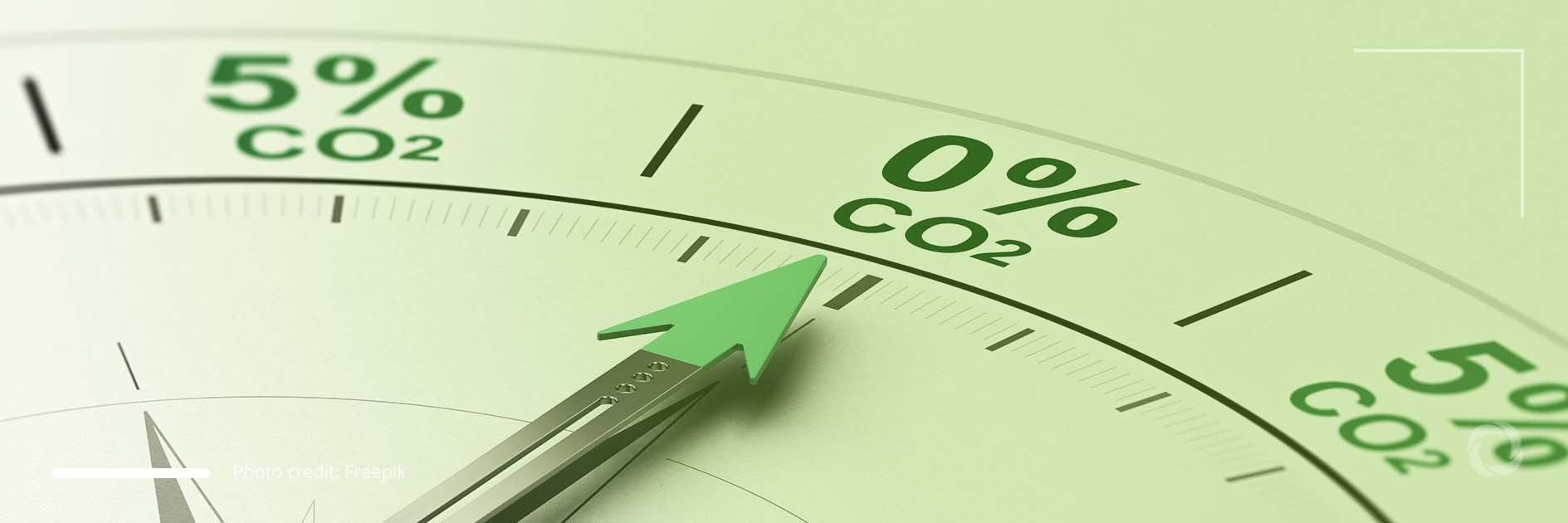As the world is constantly threatened by global warming and countries are pushing to meet net-zero emission targets, carbon-capture technologies have become more attractive and inevitable. While only 19 direct air capture plants are currently operating around the world, scientists have created new initiatives to progress towards the elimination of harmful gases.
People emit more carbon dioxide into the atmosphere than nature can eliminate. By holding heat near the Earth’s surface, accumulated levels of CO2 trigger global warming. According to most assessments, due to the excessive build-up of carbon dioxide, decreasing or halting the release of CO2 will not be sufficient to stabilize the climate. To reach that goal, carbon dioxide has to be removed from the air. Director of the Climate Change Institute at the Australian National University Mark Howden noted:
“The science is very clear that to keep temperatures down to [an increase of] 1.5C, we not only need to reduce greenhouse gas emissions, we also have to absorb CO2 from the atmosphere. It’s increasingly clear that doing that just from planting trees and relying on farmers and soil carbon is not enough.”
Current situation
The majority of recent carbon capture technologies apply liquid solvents that pull carbon dioxide from the air like a magnet. Once the CO2 has been sucked in, the liquid is heated to discharge the gas. However, all these steps are energy-consuming which makes the technology costly.
Globally, over 0.01 metric tons of carbon dioxide are captured every year through 19 direct air capture (DAC) plants. The world’s biggest carbon-capture plant operating in Iceland removes 4 kilotons of CO2 annually. According to the International Energy Agency, to reach net-zero emissions by 2050, carbon-capture technologies would have to be scaled up with the target of removing 85 mega tons of carbon dioxide per year by 2030 and around 980 mega tons every year by 2050.
Fig.1. CO₂ capture by direct air capture in the Net Zero Scenario, 2020-2030
Source: IEA
Recent findings
- University of Delaware
Engineers from the University of Delaware have discovered a novel approach that promises to remove 99% of carbon dioxide from the atmosphere. This new technique is based on a hydrogen-powered electrochemical system. When the engineers were working to advance hydroxide exchange membrane (HEM) fuel cells, they noted that these cells were exceptionally sensitive to CO2 in the air and then realized they could use that sensitivity to capture carbon dioxide from the atmosphere:
“Once we dug into the mechanism, we realized the fuel cells were capturing just about every bit of carbon dioxide that came into them, and they were really good at separating it to the other side.” said Brian Setzler, an engineer working on the project.
The results of this work show that an electrochemical cell of 2 inches by 2 inches in size can constantly capture around 99% of the CO2 found in the atmosphere at a rate of two liters per minute.
- The Massachusetts Institute of Technology
Another remarkable achievement has been recorded by a Massachusetts-based start-up. This lab-scale initiative that aims to improve carbon-capture techniques has created a new material that makes the elimination of carbon dioxide more efficient. The project has developed a different form of plastic that is able to extract carbon dioxide out of a mix of gases when charged with electricity. Once captured, an alteration in the voltage discharges the CO2. According to the project’s creators, the material used for carbon capture can decrease the total energy cost of removal by more than 70%. Immediately after this remarkable discovery, the start-up investors, including Bill Gates, devoted a total of US$80 million for further work.

